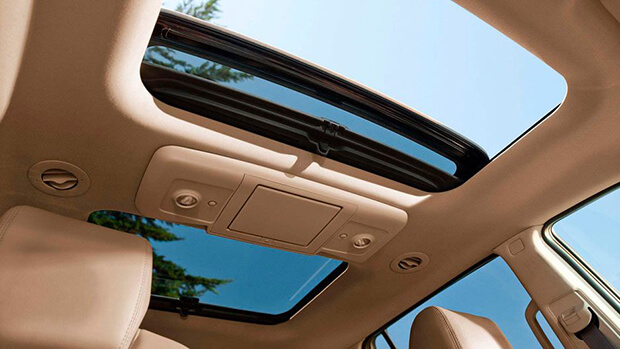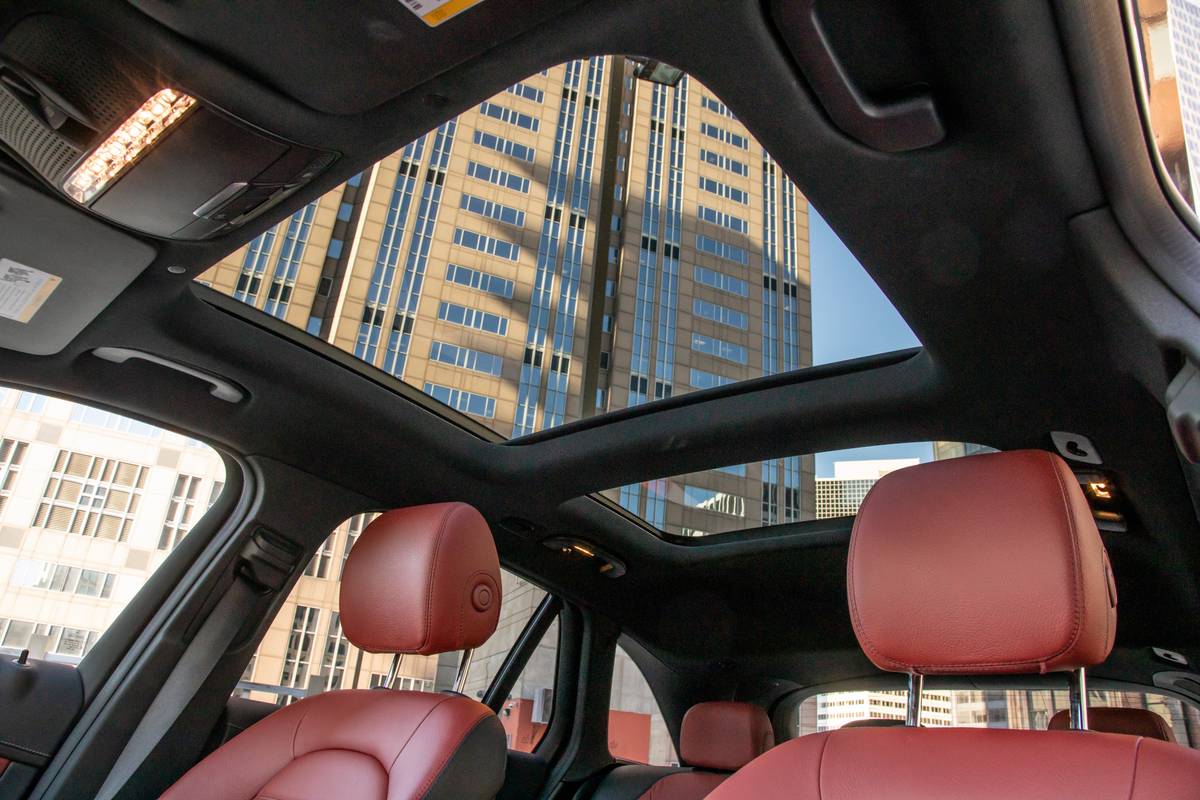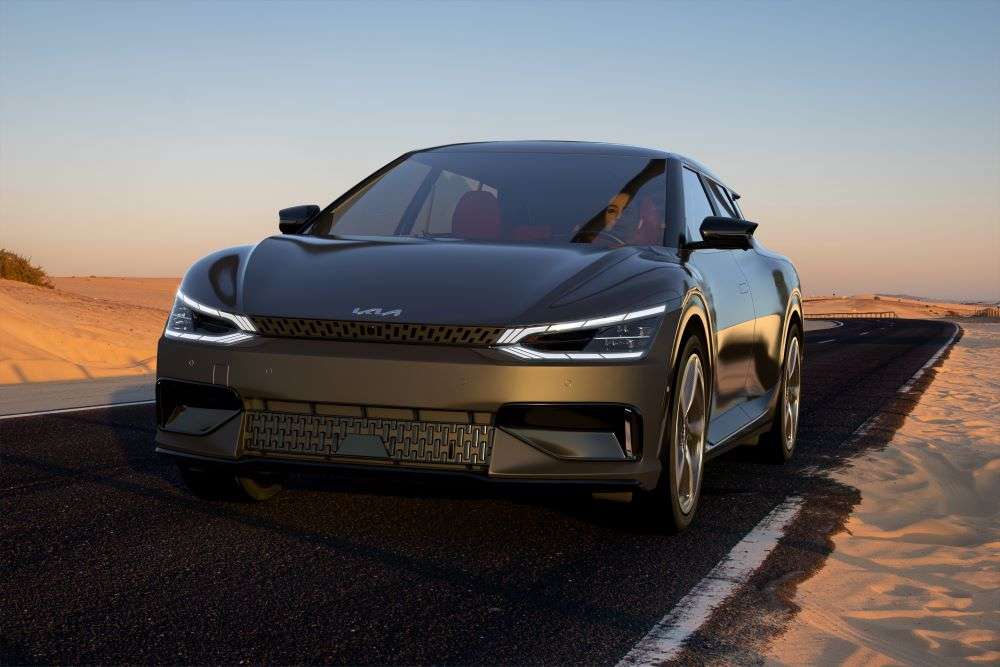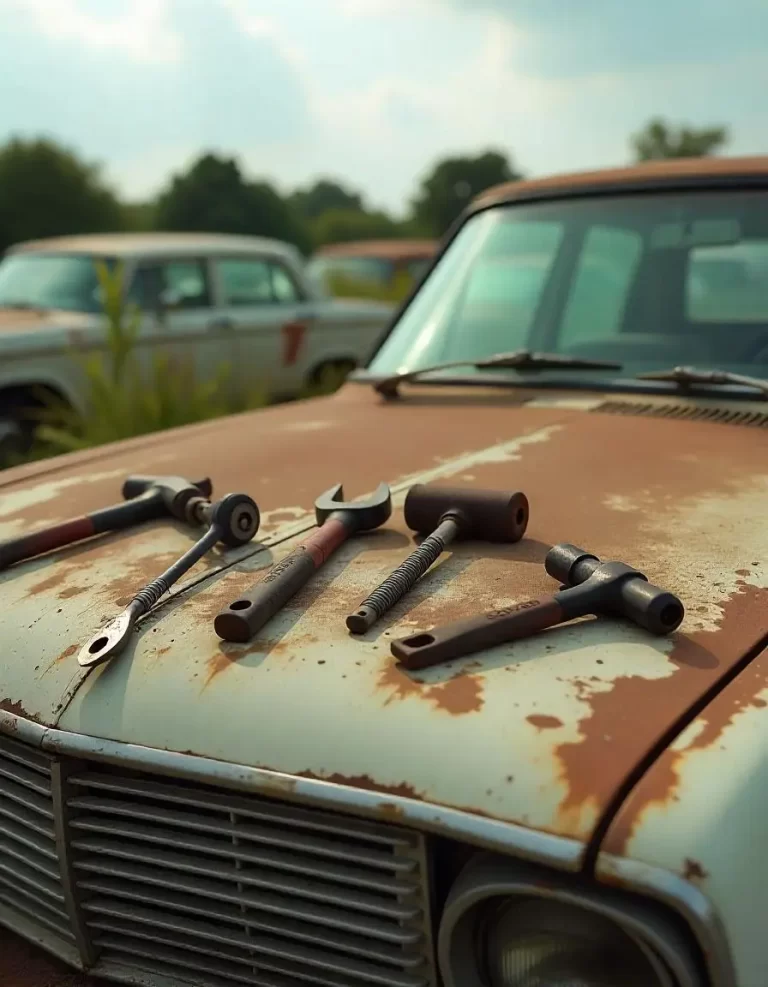
The Ultimate Guide to Sunroof and Moonroof Cars in 2025. In 2025, automotive design and technology continue to evolve with innovations that not only improve performance and safety but also add a touch of luxury and style to your ride. One of the most exciting trends is the integration of sunroofs and moonroofs in vehicles, offering drivers and passengers an enhanced driving experience. This guide dives deep into the world of sunroof and moonroof cars, exploring their features, benefits, maintenance tips, and the ever-popular debate: sunroof vs moonroof car. Get ready to explore everything you need to know in a friendly, comprehensive manner.
What Are Sunroofs and Moonroofs?
At first glance, the terms “sunroof” and “moonroof” might seem interchangeable, but there are subtle differences that set them apart. A sunroof traditionally refers to any movable panel on the roof of a car that can be opened for ventilation or closed to protect from the elements. These can be made of glass or metal and typically slide or tilt open. On the other hand, a moonroof is a type of sunroof that is made entirely of glass and usually has a sliding panel that can be either completely retracted or tilted. The design of a moonroof is aimed at providing an unobstructed view of the sky while still offering protection from the sun.
The evolution of these features has been driven by a demand for a more enjoyable driving experience and a stronger connection with the environment around us. Today’s models boast advanced engineering, enhanced safety mechanisms, and even integrated sunshade systems that adjust automatically based on the sun’s position.
The History Behind Sunroof and Moonroof Cars
The concept of opening up a vehicle’s roof dates back to the early days of automobile manufacturing. Early sunroofs were simple, manually operated panels designed primarily for ventilation. Over time, as vehicle designs evolved and consumer expectations grew, these basic features underwent significant transformations. By the late 20th century, the market saw the emergence of power-operated sunroofs and later, the introduction of the moonroof—designed to offer a panoramic view without compromising on safety and durability.
In recent years, the automotive industry has seen a surge in demand for these roof features. Today’s sunroof and moonroof models are not only functional but also serve as a statement of style and innovation. Automakers are constantly researching and developing more efficient mechanisms, such as noise reduction technologies and weather-sealing improvements, making them an integral part of modern vehicle design. (Read More: Car Tire Alignment Cost: Tips to Save Money and Extend Tire Life).
Sunroof vs Moonroof Car: A Detailed Comparison

One of the most common queries among car enthusiasts and potential buyers is the difference between a sunroof vs moonroof car. Both features offer the joy of an open-air experience, but here are some key points to consider:
- Design and Material: While both sunroofs and moonroofs allow natural light and fresh air into the cabin, the primary difference lies in their construction. Sunroofs may come with opaque or glass panels, whereas moonroofs are typically made entirely of glass with a sliding panel that can be moved to various positions. This design not only ensures a clearer view but also allows for better insulation and noise reduction.
- Operation: Modern moonroofs often come with advanced technology such as electric controls, sensors for weather adaptation, and even remote operation through smartphone apps. Traditional sunroofs might offer manual operation, though many have been upgraded with electric mechanisms as well.
- Aesthetic Appeal: The panoramic effect provided by a moonroof is a significant draw for many drivers who enjoy the luxury of feeling more connected to their surroundings. Conversely, sunroofs can vary in style, sometimes offering a more classic or robust look depending on the vehicle’s design.
- Cost Considerations: Generally, vehicles equipped with moonroofs might come at a premium due to the advanced technology and materials used. However, the cost difference is gradually diminishing as these features become more common and production methods become more efficient.
This comparison highlights that while both options have their merits, the choice between a sunroof and a moonroof ultimately depends on personal preference, desired functionality, and budget. (Read More: Christian Brothers Automotive: Setting New Standards in the Auto Industry).
Advantages of Sunroof and Moonroof Cars in 2025
The integration of sunroofs and moonroofs in modern vehicles brings a host of benefits that go beyond mere aesthetics. Here are some of the most noteworthy advantages:
- Enhanced Driving Experience: One of the biggest draws is the open-air experience that enhances driving pleasure. Whether you’re on a scenic highway or navigating urban streets, the additional light and ventilation contribute to a more enjoyable ride.
- Improved Cabin Ambiance: Natural light is known to boost mood and energy. A well-designed moonroof can flood the cabin with sunlight, creating a welcoming and cheerful environment. This benefit is especially appreciated on long journeys or during dreary weather conditions.
- Ventilation and Temperature Control: With the ability to open up the roof, drivers can improve the flow of air through the cabin without relying solely on the air conditioning system. This feature is particularly useful during the warmer months, providing a natural cooling effect and reducing the load on the vehicle’s climate control system. (Read More: Top 10 Car Air Fresheners of 2024: Fresh Scents for Every Drive).
- Modern Aesthetic: Vehicles equipped with these roof features often have a sleek, modern look. The integration of glass panels and clean lines adds a touch of sophistication, making the car stand out in a crowded market.
- Increased Resale Value: Cars with premium features like sunroofs and moonroofs tend to retain their value better. Buyers are often willing to pay a premium for vehicles that offer additional comfort and style, making these features a smart investment.
How Technology Is Shaping Sunroof and Moonroof Designs
The advancements in automotive technology have had a significant impact on the design and functionality of sunroofs and moonroofs. Here’s how innovation is playing a role:
- Automated Sensors and Weather Adaptation: Modern systems now incorporate sensors that automatically adjust the roof’s position in response to weather conditions. For instance, if rain is detected, the system can quickly close the roof to keep the interior dry.
- Enhanced Safety Features: New designs include safety mechanisms that prevent the roof from closing on obstructions. Infrared sensors and collision detection systems ensure that accidental damage or injuries are avoided.
- Noise Reduction Technologies: Improved sealing and insulation technologies help minimize the noise generated by wind and rain. This results in a quieter ride, even when the roof is open.
- Integration with Smart Vehicles: Many contemporary models allow the operation of sunroofs and moonroofs via smartphone apps or voice commands, enhancing convenience and ensuring that the features are seamlessly integrated into the overall smart car ecosystem.
- Eco-Friendly Materials: With a growing emphasis on sustainability, manufacturers are exploring eco-friendly materials for the construction of these roofs. Lighter and more durable materials not only improve performance but also contribute to fuel efficiency.
Exploring Different Types of Sunroofs and Moonroofs

In 2025, consumers have a variety of options when it comes to selecting a vehicle with an open roof. Here’s a look at the most common types available:
- Pop-Up Sunroofs: Often found in older or more budget-friendly models, pop-up sunroofs are manually operated panels that tilt open to let in air. They are simple, durable, and require minimal maintenance.
- Sliding Sunroofs: These are the most popular choice in modern vehicles. Powered by an electric motor, they offer smooth operation and can be opened to various degrees, providing flexibility in terms of ventilation and exposure.
- Panoramic Moonroofs: These large, glass-covered roofs are designed to cover a significant portion of the car’s roof, offering an expansive view of the sky. They are typically divided into multiple sections that can either slide or tilt, allowing for both maximum sunlight and unobstructed views when fully open.
- Inbuilt Sunroofs/Moonroofs: Integrated into the car’s overall design, these features are seamlessly incorporated into the roof, providing a clean and sophisticated look without compromising structural integrity.
Tips for Maintaining Your Sunroof or Moonroof
Proper maintenance is essential to ensure that your sunroof or moonroof remains in optimal condition for years to come. Here are some friendly tips to help you take care of this valuable feature:
- Regular Cleaning: Dirt, debris, and dust can accumulate around the edges and tracks of your roof. Regular cleaning with non-abrasive cleaners helps prevent buildup that could hinder the smooth operation of the mechanism.
- Lubrication of Moving Parts: To keep the roof operating smoothly, it’s important to periodically lubricate the moving parts. Consult your vehicle’s manual for the recommended type of lubricant and frequency of maintenance.
- Inspect Seals and Gaskets: Over time, the seals and gaskets that prevent water leaks can wear out. Regularly inspect these components for signs of wear or damage, and replace them as needed to maintain a watertight seal.
- Avoid Harsh Chemicals: When cleaning your roof, avoid using harsh chemicals that could damage the glass or the surrounding materials. Opt for products specifically designed for automotive glass care.
- Professional Servicing: If you notice any issues with the mechanism or if the roof isn’t operating as it should, it’s best to seek professional servicing. Timely maintenance can prevent minor issues from turning into major, costly repairs.
Embracing the Future with Sunroof and Moonroof Cars

The journey toward more advanced and user-friendly vehicle features is well underway, and the integration of sunroofs and moonroofs is just one example of how the automotive industry is evolving. In 2025, these features are not only seen as luxury add-ons but also as essential components that enhance the overall driving experience. Whether you prefer the classic feel of a sunroof or the modern appeal of a moonroof, understanding the sunroof vs moonroof car debate can help you make a well-informed decision tailored to your lifestyle and needs.
With continuous advancements in technology and design, drivers can look forward to even more innovative features in the near future. The fusion of aesthetics, functionality, and smart technology ensures that the open-roof experience remains a highlight for car enthusiasts around the world.




